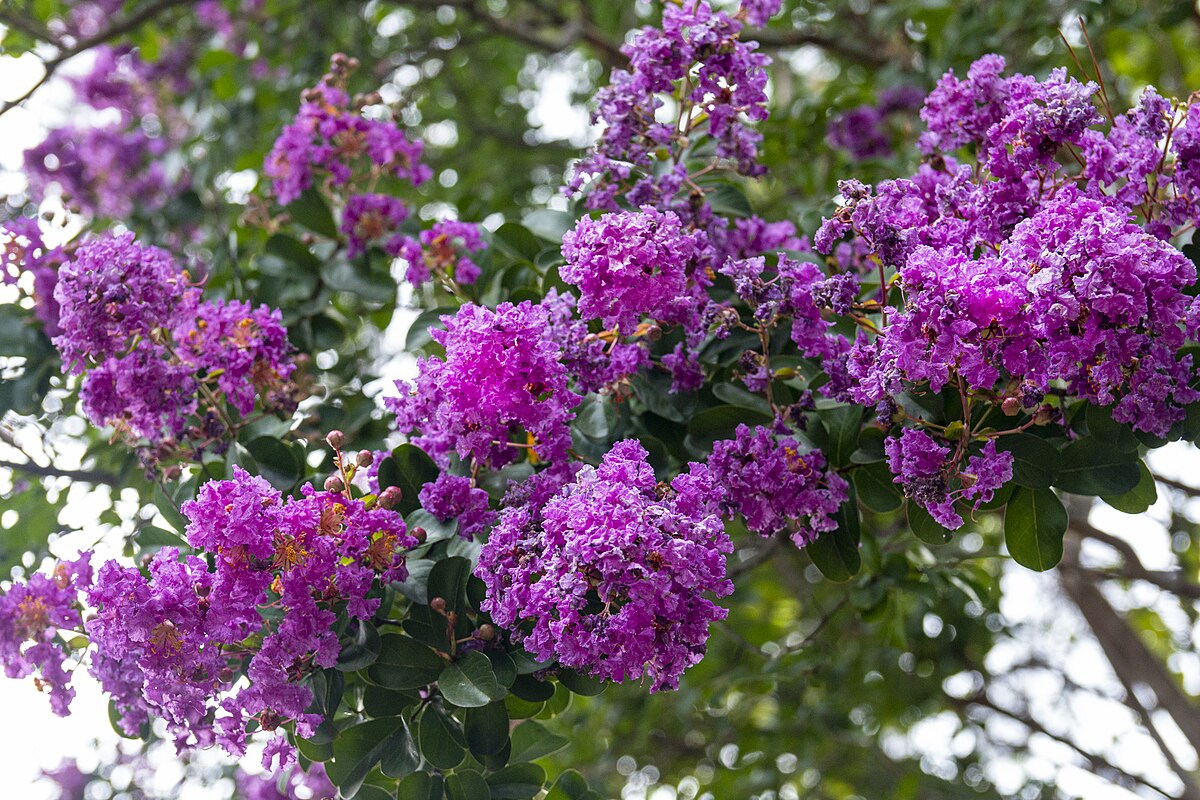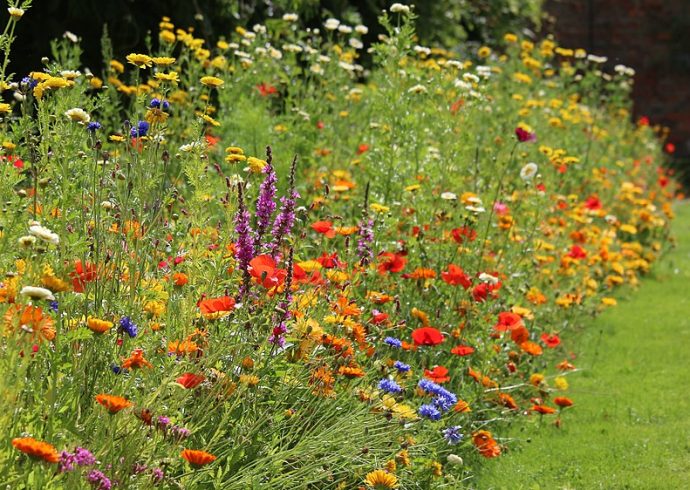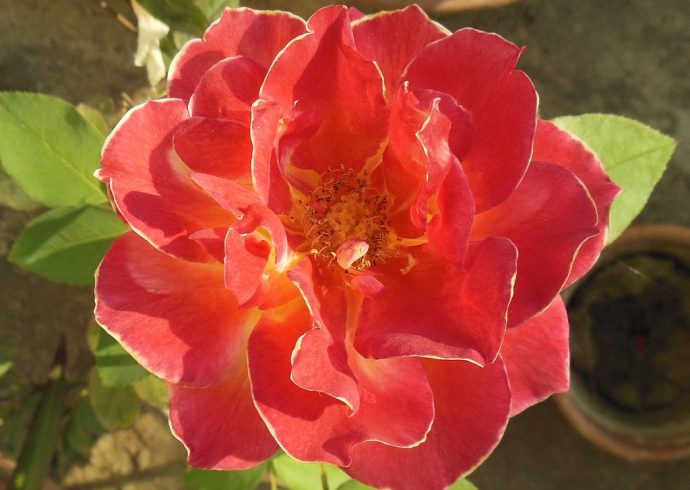
Growing Crape Myrtle Trees
Upon driving along a road separated by a grassy median in southwest Florida, one might see a row of beautiful ornamental trees bearing large bunches of pink, white, red or purple flowers. From a distance they may appear to be lilacs, but viewed up close, they are revealed to be an entirely different flower: crape myrtle. A native to Asia, crape myrtles can be seen throughout the southern states, in both public areas and private yards but will also grow in the northern states. With the natural abundance of sunlight and warmth, which crape myrtles thrive in, is it any wonder they are a favorite among many people in the south. The crape myrtle is easy to grow, will blossom throughout the summer and fall seasons, and do not require a lot of maintenance.
Like other ornamental bushes and trees, crape myrtle can be purchased from a local nursery. One main benefit of growing crape myrtles is that they are ideal for pollinators like bees, which are important to the ecosystem. Upon purchasing a crape myrtle, decide where in your yard it is best planted. Select a sunny spot away from the shade of taller trees. Dig a hole at least two times wider, and two times deeper than the root ball so that the tree has enough room in the soil for the roots to take hold, and the depth will also help the tree remain upright as it takes root. Save half the amount of soil dug up and form a separate pile from it. In the separate pile mix either compost with it, or a combination of peat moss, vermiculite, and perlite, such as that found in potting soil. If needed, test the soil pH, which should be acidic to neutral for growing crape myrtle.
Place the crape myrtle tree in the freshly dug hole, and gradually shovel in the well-drained soil at the base of the tree until level with the ground. Add some extra soil if necessary, then tap down at the base so that the tree remains upright. If needed, stakes can be added to the base of the tree so that it stands upright as it grows, as crape myrtle is a multi-trunk tree. Check on the packaging information which came with the purchased crape myrtle on the variety, for some varieties can grow between 25 to 30 feet tall when it reaches maturity. This information will come in handy when it comes time to prune the tree during the late winter/early spring, so save it in a safe place.
After planting the crape myrtle, thoroughly water it, add some fertilizer, then spread a layer of mulch to help seal in the moisture at the base of the tree. Extra layers of mulch can also be added around the base of the crape myrtle being grown in zones 5 and 6 as it will help insulate the tree during the cold winter months. Under dry weather conditions, water the crape myrtle regularly, but avoid overwatering the crape myrtle tree after its first season of growth. Fertilize the crape myrtle in the spring, but not during the fall or winter seasons in planting zones 5 and 6.
Pruning the crape myrtle can be done during the late winter or early spring months to encourage growth. Taller varieties of crape myrtle do not need to have the top of the tree completely lopped off, as some people might attempt to do. Avoid creating stumps on the crape myrtle as doing so will only cause the tree to grow a confused jumble of branches that cannot support the large flower blossoms. Also avoid cutting deep into the branches, far away from the branch edges at the top. Ideally, trim up to 10” of branch at the top of the tree if needed but avoid cutting off the same length for every branch as you prune around the tree, moving from top to bottom. Check on the number of trunks on the tree; if there are more than five, then remove the excess trunks, cutting at the very base of the tree. Use a saw for this part. Also trim any branches which cross each other, remove dead branches and seed pods can also be removed. Seed pods can be saved if you wish to grow a crape myrtle from seed. Crape myrtle branches should be open and airy in order to reduce the chance of mildew and leaf spot occurring.
The dwarf and short varieties of crape myrtle do not need to have the top pruned, unless there are dead branches at the top. Prune the rest as instructed above.
The crape myrtle does not have many common pests although aphids will occasionally attack young trees. Use an insecticide to prevent aphids from eating the leaves.
Take advantage of your crape myrtle during the summer months by trimming some branches containing the beautiful flowers and put into a vase full of water indoors.
Image credit: Alabama Extension, CC0, via Wikimedia Commons.


